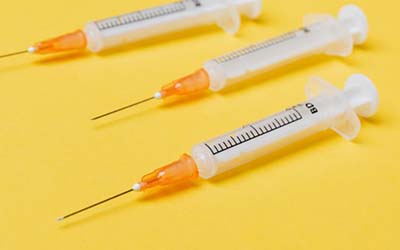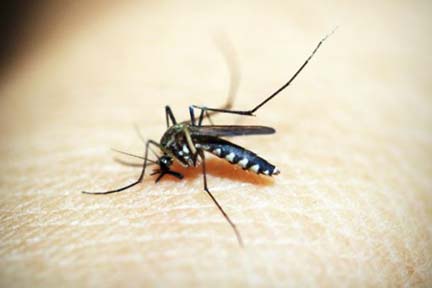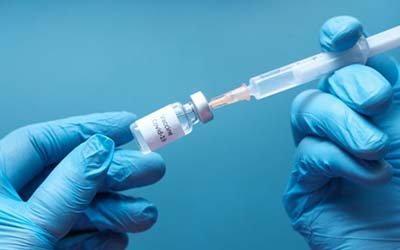
MDHHS renews call for Michiganders to get vaccinated
Press Release FOR IMMEDIATE RELEASE: Sept. 1, 2021 CONTACT: Lynn Sutfin, 517-241-2112, SutfinL1@ MDHHS renews call for Michiganders to get vaccinated LANSING, Mich. – Following FDA approval and a unanimous recommendation from the CDC’s Advisory Committee on Immunization Practices (ACIP) of the Pfizer COVID-19 vaccine for those ages 16 and up, the Michigan Department of Health and Humans Services (MDHHS) is renewing its call to Michiganders to get vaccinated as soon as possible. “We now have a fully FDA-approved COVID-19 vaccine and ACIP has added its unanimous recommendation,” said Dr. Joneigh Khaldun, chief medical executive and chief deputy for health at MDHHS. “For Michiganders who have been waiting for this approval, now is the time to get the safe and effective COVID-19 vaccine and join the more than 4.7 million Michigan residents who are already fully vaccinated. The vaccine is our best defense against the virus and the way we are going to end this pandemic together.” ACIP provides advice and guidance to the director of the CDC regarding use of vaccines and related agents for control of vaccine-preventable diseases in the United States. The committee’s 14-0 vote came a week after the U.S. Food and Drug Administration granted full approval for the Pfizer COVID-19 vaccine. The Pfizer vaccine was the first COVID-19 vaccine to be distributed in December 2020 and was shown to be better than 94% effective against the virus that causes COVID-19. Vaccinating adolescents 12-15 with the Pfizer vaccine and additional doses of Pfizer and Moderna COVID-19 vaccine for immunocompromised individuals remain under Emergency Use Authorization. ACIP plans to meet in September to further discuss recommendations for booster doses after reviewing additional data. To date, nearly 5.5 million doses of the Pfizer vaccine have been administered in Michigan and more than 65% of Michiganders have gotten at least their first dose of one of the three safe, effective vaccines. From January to July 2021, unvaccinated Michiganders accounted for 98% of COVID cases, 95% of hospitalizations and 96% of deaths. To learn more about the COVID-19 vaccine, visit Michigan.gov/ For more information about COVID-19 in Michigan, visit Michigan.gov/coronavirus |





